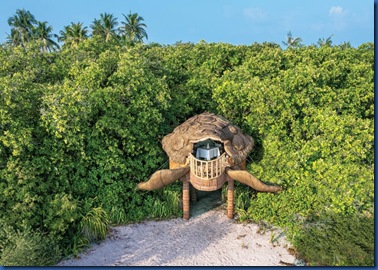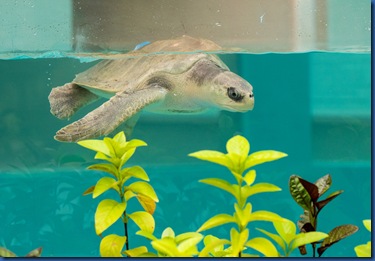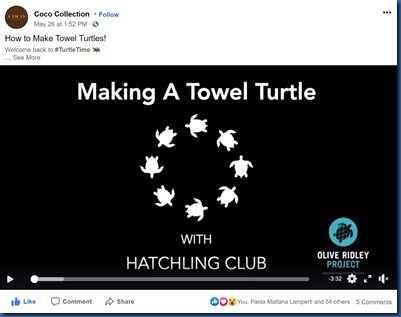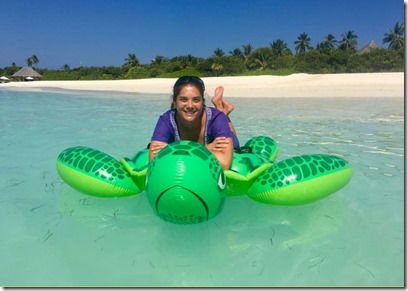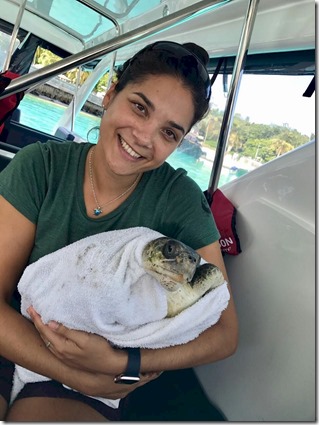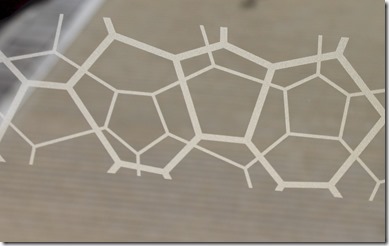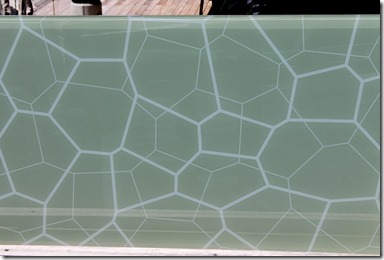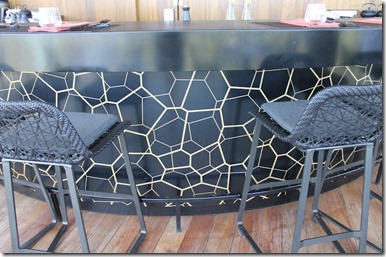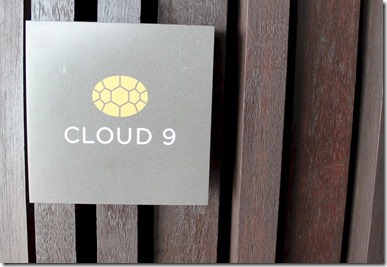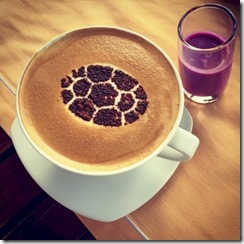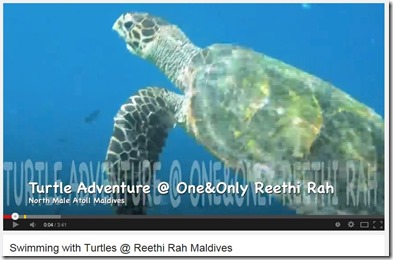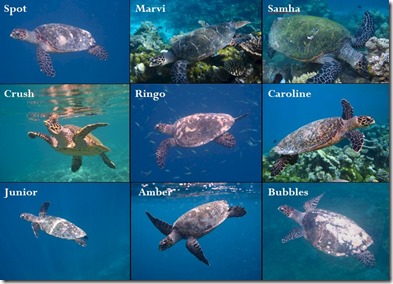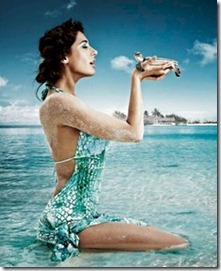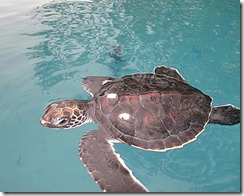In a destination where the salutary effects of warm sunshine and remote tranquillity are complemented by gentle waters, wellness spas and programmes are standard fare in the luxury segment. Joali Being is the first Maldives resort to base its entire proposition around the wellness concept. And, the wellness is not just for its human guests, but also for its aquatic ones as well. Specifically, sea turtles who are treated at its Raa Atoll Sea Turtle Rehabilitation Centre (thanks Paola):
- “Serving as a step-down facility of the Olive Ridley Project’s Marine Turtle Rescue Centre in Baa atoll, the new Sea Turtle Rehabilitation Centre in Raa atoll at JOALI BEING is used for the rehabilitation of long-term sea turtle patients who are not in need of the intensive veterinary care received at the rescue centre. Sea turtle patients will be transferred here from the Olive Ridley Project’s Marine Turtle Rescue Centre when they are nearing their release back to the ocean after treatment by the veterinary team. During their time at the Raa Atoll Sea Turtle Rehabilitation Centre, patients will continue to receive care from the resident Sea Turtle Biologist, Mohamed Shah, under the direct supervision of the Olive Ridley Project’s veterinary team…Patients admitted to the Raa Atoll Sea Turtle Rehabilitation Centre will undergo different types of customised rehabilitation such as Targeted External Weight Therapy (TEWT), dive conditioning and supervised exposure to enrichment devices.”
And like the increasingly high spec spas of the luxury set, the turtles are treated to their own stylish surroundings with an artistic likeness (the hallmark of its sister property, Joali).

